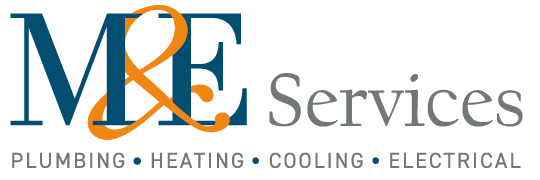Connecting Your Own Gas Hob
Things You Need To Know Before You Connect Your Own Gas Hob
Gas & Electric hobs are the choice of convenient cooking for most households, gas hobs are chosen by the professional kitchens due to their reaction time and controllability.
The Different Parts of a Gas Hob
Gas hobs are purchased as a natural gas hob or an LPG gas hob. It is imperative that you purchase the correct hob that matches your gas type. Mixing these up can be very dangerous.
The valves (or control dials) control the amount of gas allowed to pass to the injector. This provides high, medium or low heat. Beside the injector, underneath the burner ring, you will find the igniter, this is what is used to light the gas.
Can I DIY/Install my Gas Hob?
If you want to fit a gas hob yourself, always remember that you are not allowed to connect the hob unless you are a Gas Safe registered engineer.
According to the Gas Safety (Installation and Use) Regulations 1998, you must be competent before working on a gas appliance. Regulation 3 (3) it states that anyone who is rewarded for gas work (whether fitting or otherwise) should be registered with Gas Safe. While a lot of inqualified/DIY persons debate the meaning of “competence” under the regulation, we believe that you must have the knowledge and experience to fit gas appliances before installing your own.
This regulation protects the public and the customer from dangerous activities. Should some catastrophe result from your work, you are most likely going to face legal action,even imprisonment.
When looking at instructions fitting your gas hob may look simple and straightforward. However, this four-step process needs to comply with different standards that your installation manual may not mention. Gas Safe Registered Engineers normally run many checks before, during and after their work. Though tedious, the process is necessary. Before carrying out any gas work, it’s important to know and understand the regulations and standards for every aspect of your task.
A good compromise we recommend is to call a registered fitter and work together in a mentor-student type of fashion. The fitter can act as your adviser when dealing with finer points of the regulations, approves the final plan before starting and checking the work once finished. While you may have a difficult time finding registered fitters who are willing to do this, this is still a better way to install your new gas hob without breaking the law.
What are the Regulations for Gas Hob Connections?
Heat Pump Design, Installation & Servicing
Boiler Services
Boiler Services
Same day boiler servicingHeating Services
Heating Services
Same day heating servicesPlumbing Services
Plumbing Services
Same day plumbersElectrical Services
Electrical Services
Same day electriciantel
office
M&E Services (Lincs) Ltd t/a M&E Services, Red Lion Quarter, Red Lion Street, Spalding, PE11 1SX
registered office
M&E Services (Lincs) Ltd. 20-22 Wenlock Road, London, England, N1 7GU. Company No: 14666876. Registered in England and Wales.

